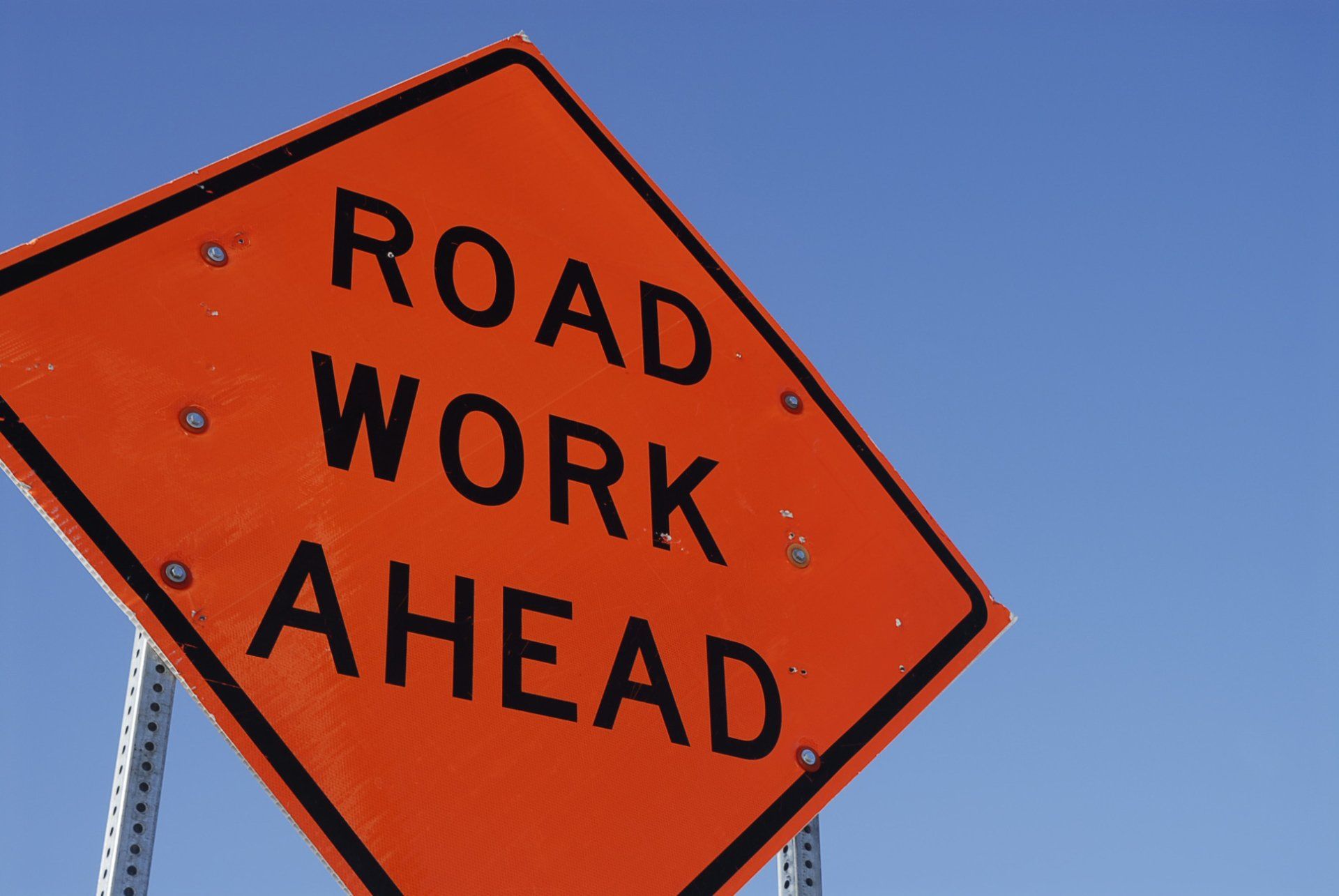How Are Potholes Formed?
What Is a Pothole, and How Are They Formed?
A pothole is essentially any dip or deviation in a paved road's smooth surface. Potholes form when groundwater seeps underneath the pavement. When the water freezes underneath, it will expand, causing the pavement to swell, bend, and subsequently crack. Then, when the ice fully melts, gaps become present underneath the paved surface. The pavement weakens further as the process repeats.
To make matters worse, every time a car drives over the now weakened surface, the weight of the vehicle continues to break down the pavement even further. At this point, pieces of the roadway may become dislodged and displaced completely. Once that happens, you officially have a pothole. But the process does not end there. A newly formed pothole can refill with water, freeze, and continue to break more asphalt, creating an even larger crater that poses an even greater risk.
Because potholes primarily form from freezing water, they generally manifest during the winter. However, it is not until the snow completely recedes and the ice thaws entirely that potholes become noticeable. That is why freshly formed potholes are most likely to emerge during springtime — a good reason for drivers to be particularly cautious in the spring.
How Potholes Damage Your Vehicle
According to AAA, potholes cause over $3 billion worth of damages each year. Now, the harm could be minor, such as knocking your vehicle out of alignment. This only requires a quick trip to the repair shop. However, the damage could be much worse in other cases. Repeated pothole exposure can damage your wheels and tires to the point where they are unusable. A pothole can also easily puncture your tire, leaving you stranded if you do not have a spare. And to make matters even worse, potholes can also pop multiple tires at once.
Tire damage is generally easy to notice. But even if you do not notice damage to your vehicle, you should consider seeing a professional mechanic if you went over a pothole at high speed. When driving over a pothole, your steering and suspension can also be heavily damaged, which could cause severe handling issues that put your safety at risk. Not to mention, it will cause rapid tire wear. And in some cases, pothole damage can be severe enough to damage your engine or transmission, which could cause your vehicle to fail completely.
How to Prevent Pothole Damage
What makes potholes so dangerous is they could be a few centimeters deep to a foot-tall gorge. Even scarier, it is virtually impossible to distinguish which potholes are dangerous or not while driving. Hitting potholes are high speeds is what causes the most amount of damage. That is why we recommend drivers to scan the roadways ahead of them while they are driving. Once you spot a pothole, you should make an effort to avoid it by driving around.
However, if you are on a crowded roadway with other vehicles around, that option may not be available. If that is the case, and you have no other choice than to go over the pothole, then we recommend slowing down before you reach the hole. And right before your tire reaches the pothole, release the brakes. Following this method ensures your car suspension is not compressed, and your wheels do not lock up after hitting the pothole. Hopefully, you will roll right through without any damage.
Does My Insurance Cover Pothole Damage?
Fortunately, most insurance agencies cover pothole damage, warranted that you have collision coverage. Collision coverage is an optional insurance policy that covers damage to a vehicle from a collision with objects, such as a lamppost, pothole, or railing. However, it does not cover general wear and tear from unfavorable road conditions.
Collision coverage generally includes a deductible, where the higher the deductible, the lower the premium. Your insurance provider will reimburse you for repair costs, minus your deductible.
Likewise, a driver who hits a pedestrian or another vehicle due to a pothole encounter is covered by liability insurance. In general, pothole damage is relatively minor. If the damage to your car is less than your deductible, it may be unnecessary to file a claim with your insurance provider.
The Best Way to Prevent Pothole Damage
The best way to prevent pothole damage is by using a premium asphalt repair patch. There are a lot of dangerous potholes out there posing significant risks to drivers, passengers, and pedestrians alike. And if you want to tackle a pothole problem head-on, the smartest thing you could do is hire an expert. At Road Soup, our primary focus is to repair asphalt, smooth it to perfection, and help prevent it from future erosion. We are patch asphalt experts with over 33 years of industry experience, and we have had the pleasure to work with countless clients throughout the years.
Our headquarters is in California. However, we have locations throughout the country, from Maryland to Virginia, to Florida, and even Iowa. Our asphalt repair product is second to none and environmentally friendly. We are always excited to work with new clients and prove to them that we are the best for the job. If you would like to learn more about Road Soup and why we are the best in the business for pothole repair, feel free to contact us at any time!










